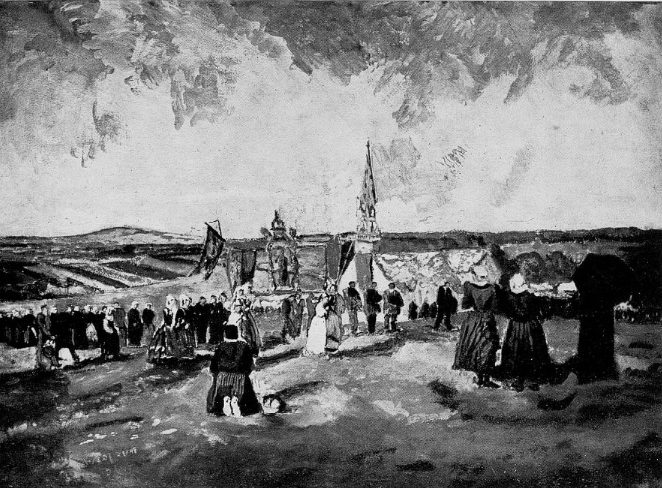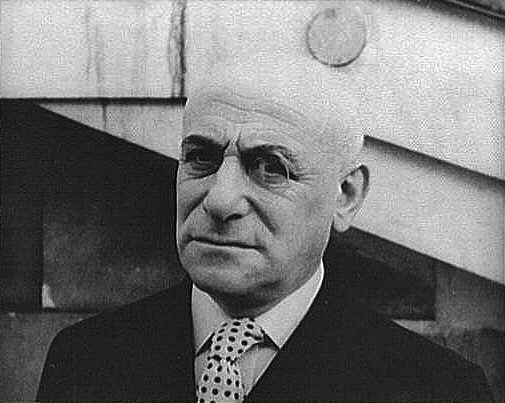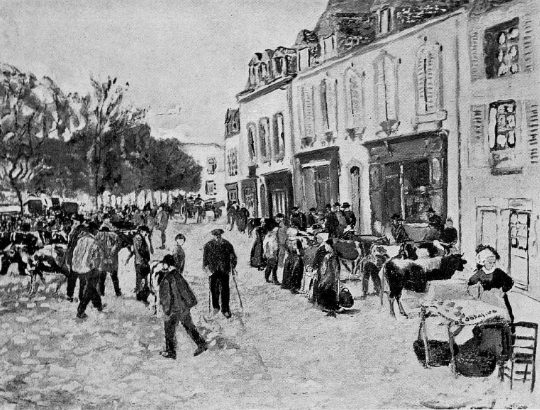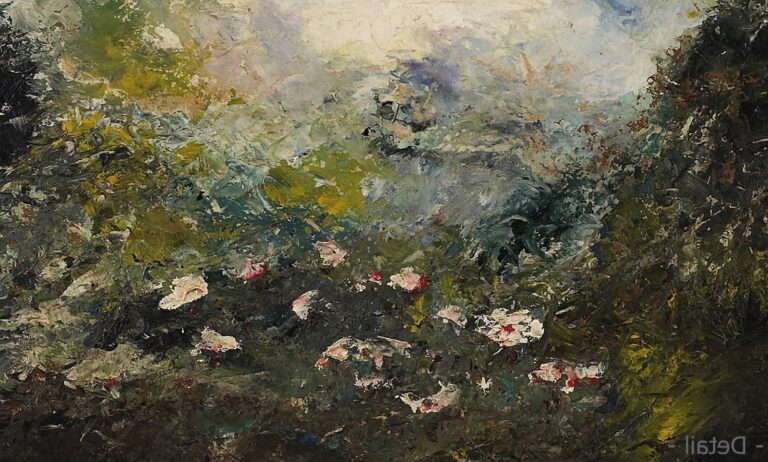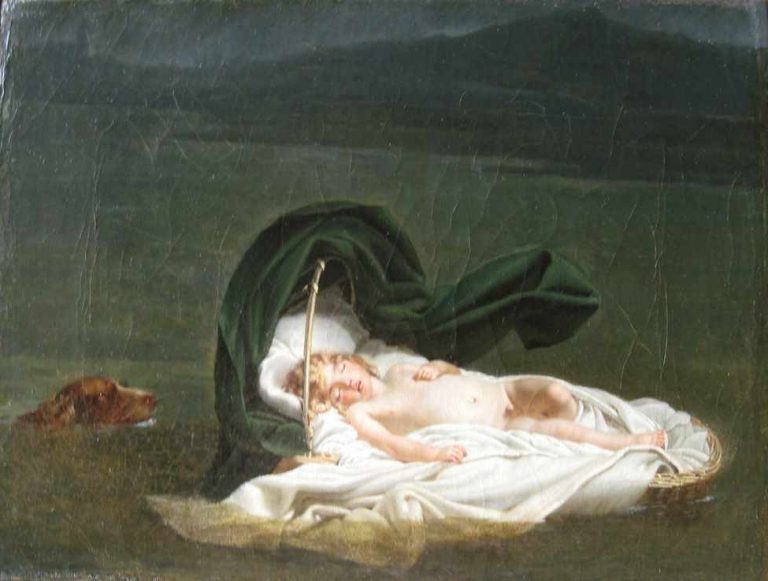Max Jacob Painter: Avant-Garde Artist of Early 20th Century France
Born: 12 July 1876, Finistère, Brittany, France
Death: 5 March 1944, Drancy Deportation Camp, France
Art Movement: Cubism and Surrealism
Nationality: French
Influenced By: Pablo Picasso
Max Jacob Painter: Avant-Garde Artist of Early 20th Century France
Life and Career
Max Jacob was a multifaceted French artist who made his mark as a poet, painter, and critic. His life spanned the late 19th and early 20th centuries, a time of great artistic change in Paris.
Early Years and Artistic Development
Max Jacob was born in 1876 in Quimper, Brittany. He grew up in a Jewish family but later converted to Catholicism.

Fêtes À Quimper (1930) by Max Jacob
In 1897, Jacob moved to Paris to pursue an artistic career. He started writing poetry and painting while working odd jobs to support himself.
Jacob’s early work showed promise, but he struggled financially.
In 1901, he met Pablo Picasso. This meeting would change the course of Jacob’s life and career.
Bohemian Paris and Artistic Circle
Jacob became part of the vibrant artistic community in Montmartre. He formed close friendships with other avant-garde artists and writers.
His poetry and paintings gained attention in bohemian circles. Jacob’s work blended different styles and ideas, much like the Cubist movement in art.
He lived a lively, often chaotic lifestyle during this period. Jacob’s art and writing reflected the energy and innovation of early 20th-century Paris.
Religious Conversion and Later Life
In 1909, Jacob converted to Catholicism. This change had a big impact on his life and work.
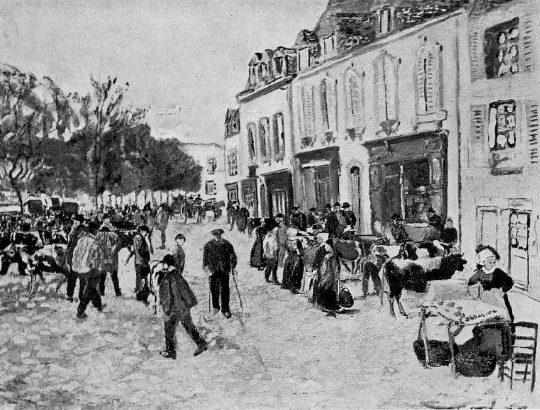
Le Marché à Pont-l’Abbé” by Max Jacob
He continued to write and paint, but his focus shifted. In 1921, Jacob moved to Saint-Benoît-sur-Loire, seeking a quieter life.
There, he lived near a Benedictine monastery. Jacob’s later work often explored religious themes. He kept creating art until his death in 1944.
Artistic Works and Style
Max Jacob was a versatile artist who made his mark in both literature and visual arts. He created poems, prose, paintings, and drawings that reflected his unique vision and style.
Literary Contributions
Jacob wrote many poetry collections and novels. His most famous book was “Le Cornet à Dés” (The Dice Cup), published in 1917. This work showed his skill with prose poetry.
Jacob’s writing style was creative and often funny. He liked to play with words and ideas. His poems and stories often mixed real life with made-up events.
He wrote other books too, like “Saint Matorel” in 1911. This novel blended religion with everyday life in a new way.
Painting and Illustration
Jacob was also a painter and illustrator. He made colorful gouaches and detailed drawings. His art style changed over time, influenced by movements like Cubism.
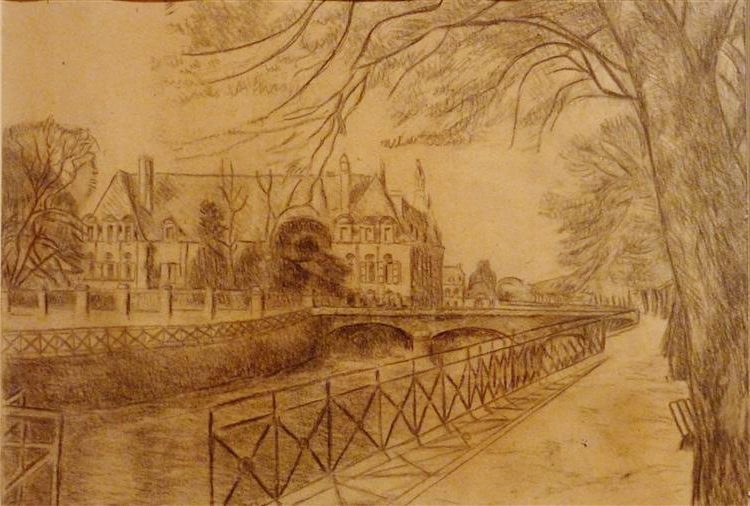
L’Odet Devant La Préfecture by Max Jacob
He often painted scenes from daily life or religious themes. His work could be bold and eye-catching or soft and dreamy.
Jacob’s paintings and drawings can be found in art collections around the world. Some of his pieces have been shown in big exhibitions.
Influence and Collaborations
Jacob was friends with many famous artists of his time. He worked closely with Pablo Picasso and helped shape the avant-garde art scene in Paris.
He posed for portraits by artists like Picasso and Amedeo Modigliani. These paintings show how important Jacob was in the art world.
Jacob also wrote art criticism. He shared his ideas about new art styles and helped people understand modern art.
His work inspired other writers and artists. He helped connect different creative people, making him a key figure in early 20th-century art.
End of Life and Legacy
Max Jacob’s final years were marked by tragedy and persecution. His artistic contributions gained wider recognition after his death.
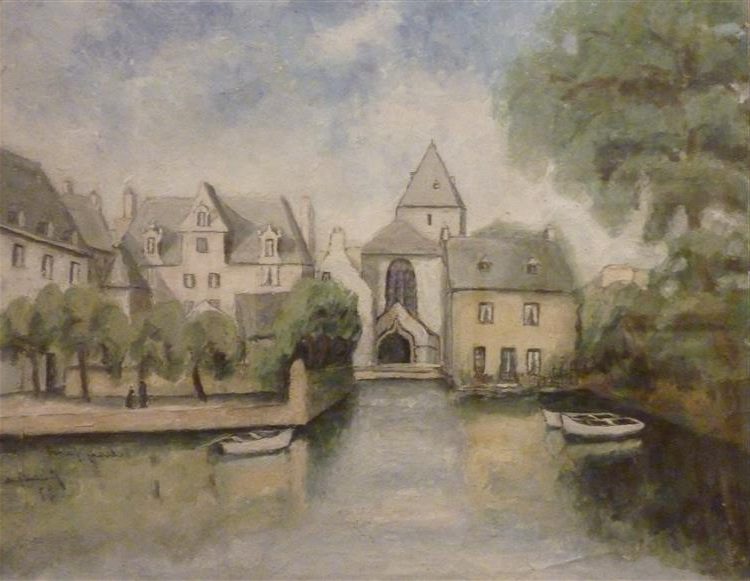
L’Église de Locmaria à Quimper by Max Jacob (1927)
Drancy Internment and Auschwitz
On February 24, 1944, the Gestapo arrested Max Jacob at his home in Saint-Benoît-sur-Loire. He was taken to the Drancy Internment Camp near Paris. This camp served as a holding site for Jews before deportation to Nazi concentration camps.
At Drancy, Jacob’s health quickly declined. He developed bronchial pneumonia in the harsh conditions.
On March 5, 1944, Jacob died from pneumonia at the camp. He was 67 years old.
Jacob never reached Auschwitz. His death at Drancy likely spared him from experiencing the horrors of the Nazi death camps.
Posthumous Recognition and Commemoration
After World War II, Jacob’s work gained new appreciation. Critics praised his innovative poetry and prose. His paintings also received more attention.

Le Clocher de Ploaré by Max Jacob
Jacob’s hometown of Quimper opened a museum dedicated to his art in 1989. Several streets in France now bear his name.
His grave at the cemetery in Saint-Benoît-sur-Loire became a pilgrimage site for artists and writers. Jacob’s mixing of Catholic and Jewish themes in his work is now seen as ahead of its time.
Today, Jacob is remembered as an important figure in early 20th-century French literature and art. His experimental style influenced later writers and painters.
Frequently Asked Questions
Max Jacob was a multifaceted artist who made important contributions to both painting and literature. He played a key role in early 20th-century avant-garde art movements and had close relationships with other notable figures of the time.
What are some renowned works of Max Jacob as a painter?
Max Jacob created many gouaches and drawings depicting scenes of Paris. Some of his works show views of the Canal Saint-Martin, Grands Boulevards, Opera, Seine, and Pont-Neuf.
His paintings often featured cubist elements and urban landscapes. The Musée des Beaux-Arts d’Orléans has exhibited 35 of Jacob’s gouaches and drawings of Parisian scenes.
How did Max Jacob contribute to literature with his poetry?
Max Jacob was an accomplished poet as well as a painter. He wrote surrealist poetry that helped shape early 20th-century French literature.
Jacob published several collections of poems that experimented with form and language. His poetic style influenced other writers of his era.
What is Max Jacob’s notable role in the history of art?
Max Jacob played an important part in the avant-garde art scene of early 1900s Paris. He helped connect different artists and writers in the Montmartre community.
Jacob’s own work spanned painting, poetry, and art criticism. He contributed to the development of cubism and surrealism through his art and writings.
Can you detail Max Jacob’s relationship with Pablo Picasso?
Max Jacob and Pablo Picasso became friends in 1901 in Paris. Jacob taught Picasso French when he first arrived from Spain.
The two artists were part of the same artistic circles in Montmartre. Picasso included a figure representing Jacob in his 1921 painting “Three Musicians.”
What events marked the later years of Max Jacob’s life?
Max Jacob converted to Catholicism in 1915 after a vision of Christ. He later spent time in a monastery.
Jacob died in 1944 at the age of 67. The details of his final years are not provided in the search results.
How did Max Jacob’s work influence the art movements of his time?
Max Jacob’s paintings and writings helped shape cubism and surrealism. His experimental poetry inspired other avant-garde writers.
Jacob acted as a link between artists and literary figures in Paris. His diverse talents in visual art and writing allowed him to impact multiple creative fields.

